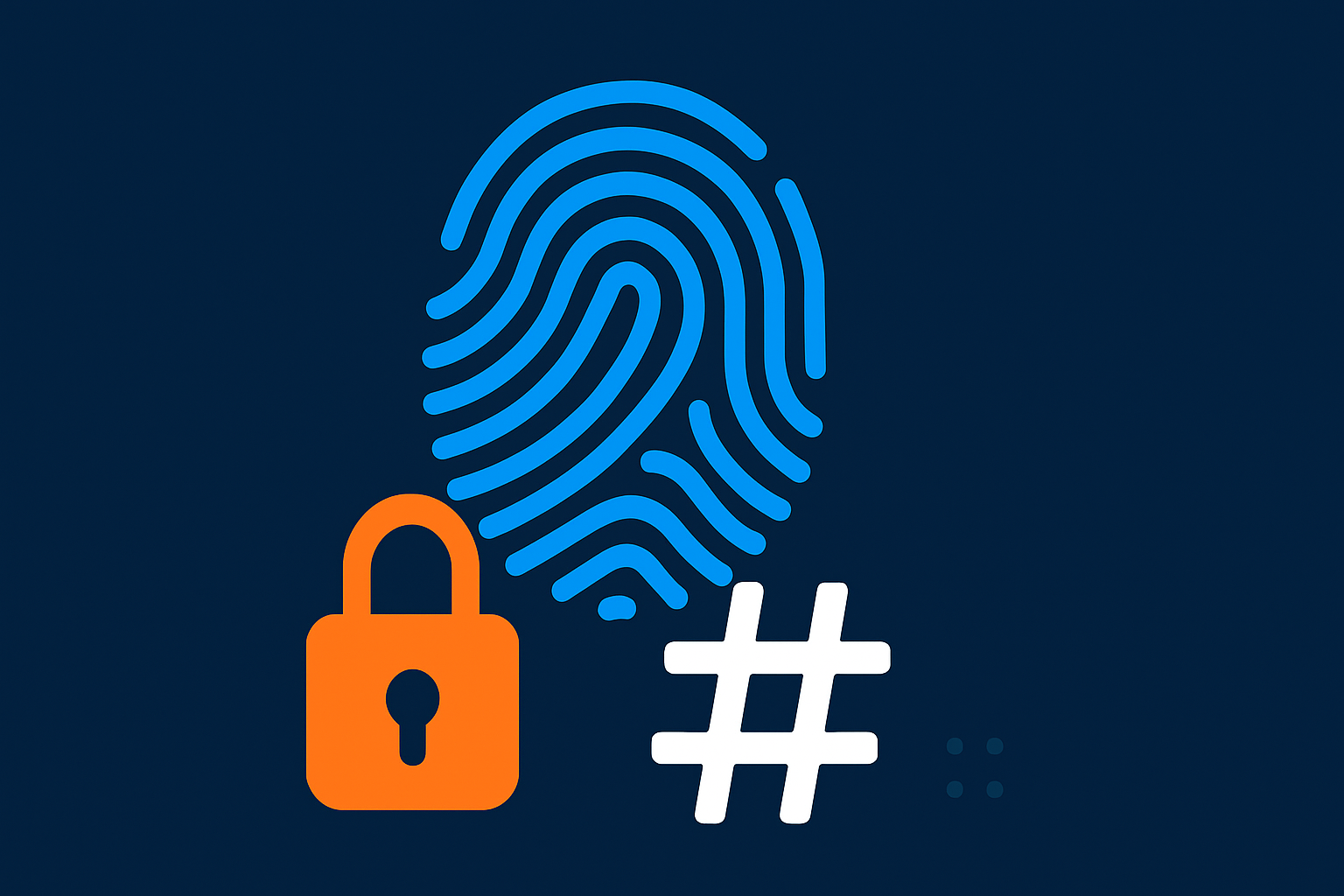How Hashing Works
"A super simple guide to what hashing is and why it matters in tech."
Abhishek Kumar

Table of contents
How Hashing Works (The Simple Way)
Have you ever wondered how websites keep your password safe, or how data gets stored and found so fast in apps?
One of the secret ingredients is something called hashing.
Let’s explain it in a super simple way — no confusing tech talk.
What Is Hashing?
Hashing is like turning something into a digital fingerprint.
You give a computer some data (like your name or password), and it turns it into a short, scrambled-looking code.
Example:
Input: "hello" Hash: 5d41402abc4b2a76b9719d911017c592
It doesn’t matter how big or small the input is — the output is always the same size.
Why Do We Use Hashing?
Hashing is used in lots of important places:
✅ 1. Passwords
Websites don’t store your actual password. They store a hash of your password.
So even if someone breaks into the system, they can’t see your real password — only the hash, which can’t be reversed.
✅ 2. Looking Things Up Fast
Hashing helps apps quickly find data — like looking up a contact in your phone instantly.
✅ 3. Checking if Files Changed
If you download a file and want to check if it’s safe, hashing can help. If the file changes even a tiny bit, the hash will change — like a broken fingerprint.
✅ 4. Blockchain
In tech like Bitcoin, hashing connects blocks of data in a secure way. It helps keep everything in the chain honest and tamper-proof.
Is Hashing the Same as Encryption?
Nope! Here’s the difference:
- Hashing: One-way. You can’t turn it back into the original.
- Encryption: Two-way. You can lock and unlock it.
Hashing is for checking and storing, not hiding secrets.
Common Hashing Tools
You might hear names like:
- MD5 – Old, not safe anymore.
- SHA-256 – Still strong and widely used.
- bcrypt – Great for storing passwords.
Don’t worry about the names — just know there are tools that do the hashing for you.
A Simple Analogy
Imagine writing your name on paper, then putting it through a paper shredder.
You can’t put the pieces back together, but the shredded version (the hash) is unique to your input.
That’s kind of what hashing does — it scrambles your input into a unique digital pattern.
Final Words
Hashing is one of those quiet technologies that powers a lot of things behind the scenes.
It keeps your data safe, helps apps run fast, and is even part of how cryptocurrencies work.